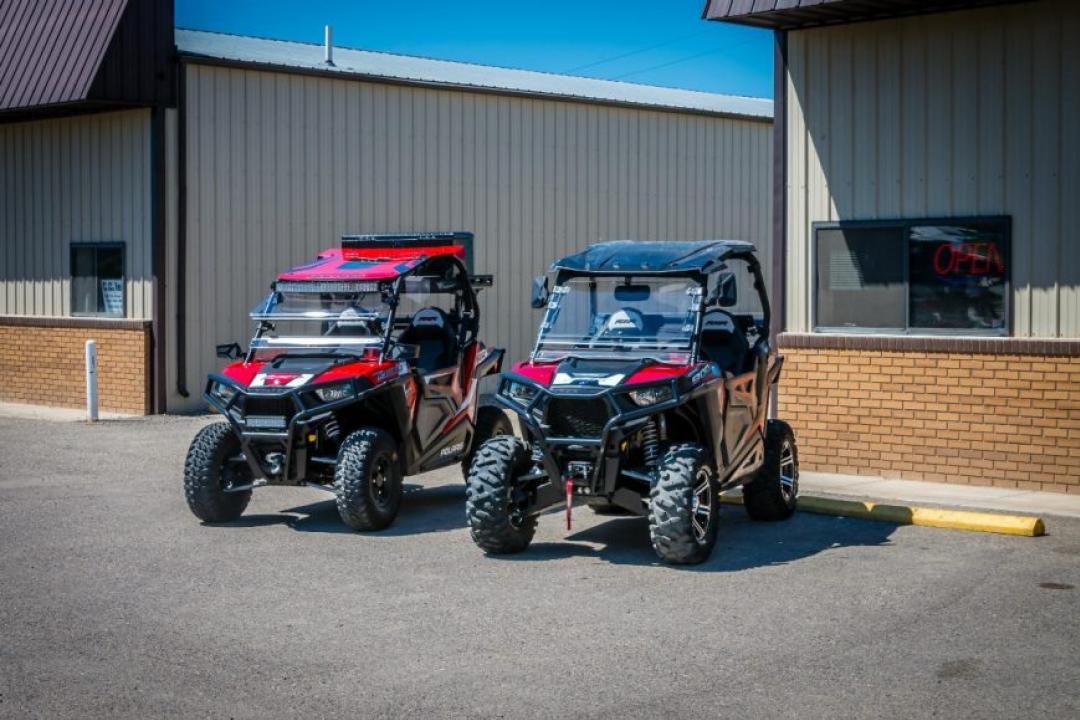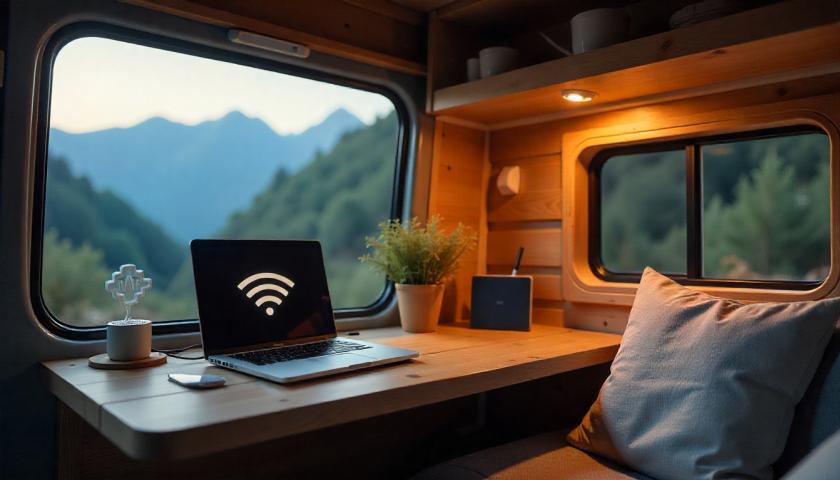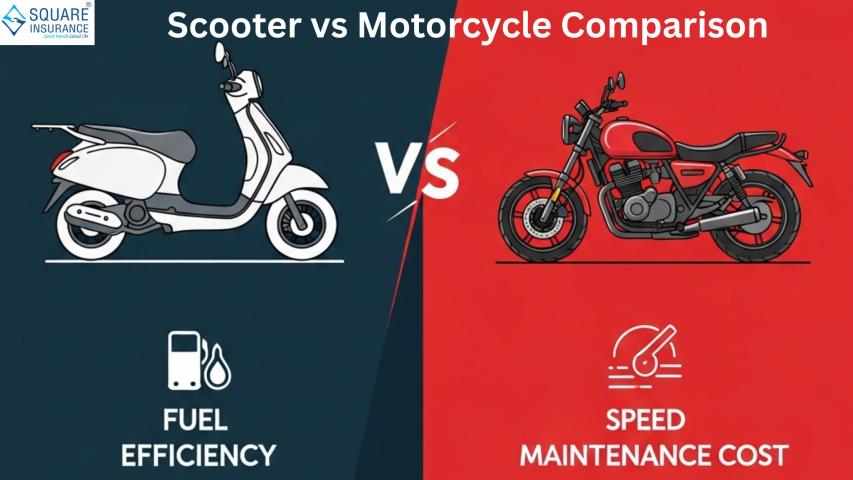When deciding between an ATV (All-Terrain Vehicle) or a UTV (Utility Task Vehicle) for rocky terrain, it really comes down to your specific needs, riding >
Let’s break it down:
1. Maneuverability
For rocky terrain, you need a vehicle that can easily navigate around large rocks, steep inclines, and tight spots.
ATV: ATVs are typically smaller, lighter, and more agile than UTVs. This makes them easier to maneuver through narrow trails or around large rocks. Their smaller size allows them to slip through tighter gaps in rocky trails, making them ideal for technical riding.
UTV: UTVs are larger and generally not as nimble as ATVs. However, some high-performance UTVs are built for technical trails and have excellent suspension systems that can handle rock crawling.
Winner: If tight, technical terrain is a concern, an ATV might be a better choice because of its superior agility.
2. Stability
When navigating rocky terrain, stability is crucial. Rocks and uneven ground can easily tip over a poorly balanced vehicle.
ATV: While agile, ATVs have a higher center of gravity than UTVs, which can make them less stable on extremely uneven or rocky ground. Riders must balance themselves carefully to avoid tipping over.
UTV: UTVs, with their wider base and lower center of gravity, tend to be more stable in rocky or uneven terrain. The roll cage and seat belts provide additional safety, making UTVs less risky in terms of rollovers.
Winner: For better overall stability on rocky terrain, a UTV is the safer bet.
3. Suspension and Comfort
Suspension quality plays a big role when navigating rocks, as it affects both performance and rider comfort.
ATV: ATVs usually come with decent suspension systems, but since you’re often sitting on an open seat, you’ll feel more of the bumps and jolts from rocky trails. Extended periods of riding on rough, rocky surfaces can become uncomfortable.
UTV: UTVs generally offer superior suspension systems, especially models designed for rock crawling or rough terrains. Plus, UTVs provide more comfort with cushioned seating, a full cab, and sometimes even heating or air conditioning in more advanced models.
Winner: For superior comfort and suspension on rocky terrain, UTVs win this round.
4. Power and Capability
More power means better climbing ability and overall performance when tackling large rocks and steep inclines.
ATV: ATVs come in a range of power levels, and many high-powered models can handle rocky terrain with ease. However, their lighter weight and smaller size sometimes limit their rock-crawling abilities compared to UTVs.
UTV: UTVs generally offer more torque and horsepower, making them better suited for climbing over large rocks and handling steeper inclines. Many UTVs are specifically built for rock crawling and can handle larger obstacles with ease, especially with accessories like winches and specialized tires.
Winner: For sheer power and rock-crawling capability, UTVs typically perform better.
5. Safety
Safety is a top priority when navigating rocky, unpredictable terrain.
ATV: ATVs, while fun and agile, don’t offer much protection if things go wrong. Riders are more exposed, and there’s always a risk of tipping over on steep or uneven rocky terrain.
UTV: UTVs come equipped with roll cages, seat belts, and sometimes doors, providing much more protection in case of a rollover or collision. For families or groups, UTVs are generally safer, especially when navigating dangerous or unpredictable terrain.
Winner: UTVs provide superior safety features, making them a safer option for rocky terrain.
6. Cargo Capacity
When riding on rocky trails, you might want to bring extra gear, especially for longer rides or if you’re tackling particularly tough terrain.
ATV: ATVs have very limited cargo capacity. You can add small cargo racks or bags, but they don’t come close to the storage space UTVs offer.
UTV: UTVs are built for carrying cargo. Many models come with large cargo beds, allowing you to bring extra gear, tools, or even passengers. This makes them more versatile for multi-day rides or for people who need to bring a lot of equipment.
Winner: For more storage capacity, UTVs are the better choice.
7. Group Riding
Do you prefer riding solo, or do you like to bring friends or family along?
ATV: ATVs are primarily designed for solo riders, though some models allow for a passenger. However, passengers need to hold on tightly, as ATVs don’t have the space or seating comfort that UTVs offer.
UTV: UTVs are designed for multiple passengers, with side-by-side seating. Some models even offer four or more seats, making them ideal for group riding or family outings. Everyone can enjoy the ride without the need to hold on tightly.
Winner: For group rides, UTVs are the clear winner.
Visit Website: https://matadorpowersports.com/
Conclusion: ATV or UTV for Rocky Terrain?
Both ATVs and UTVs have their strengths when it comes to rocky terrain, but choosing the right vehicle depends on what you're looking for. If you're after agility, solo riding, and a lighter, more maneuverable option, an ATV could be the best choice. But if you prioritize safety, power, comfort, and group riding, a UTV is your go-to option, especially for challenging rocky environments.
Final Recommendation:
For rocky terrain, if you’re navigating technical trails and don’t need a lot of cargo space or passenger capacity, go for an ATV. If you're tackling larger rocks, need more power, and want better safety and comfort, a UTV is probably the best fit.














